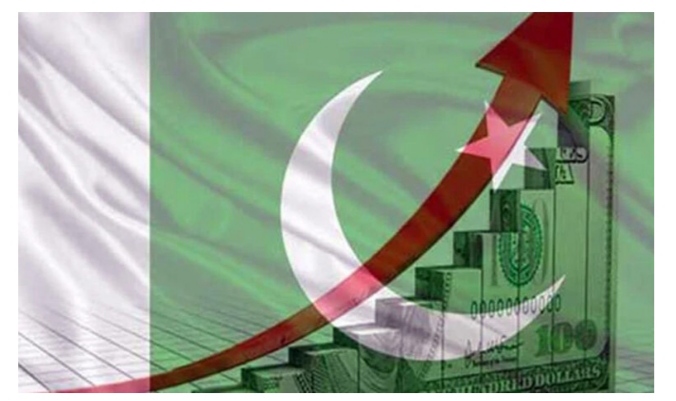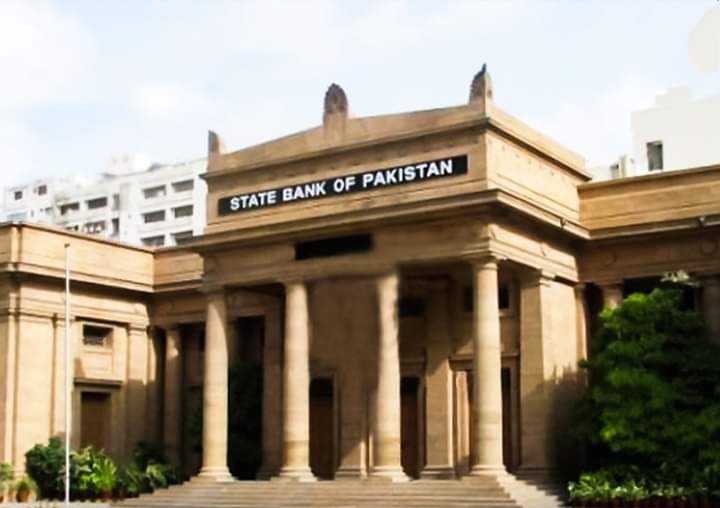Pakistan’s Economic Renaissance: A Story of Resilience and Growth
In the ever-evolving landscape of global economics, Pakistan emerges as a beacon of hope and resilience. Recent reports from esteemed financial institutions such as Bloomberg and the World Bank paint a promising picture of Pakistan’s economic trajectory, forecasting a two-fold increase in growth rates for the upcoming year.
This resurgence is not merely a stroke of luck but a testament to the steadfast leadership and prudent decision-making of Prime Minister Shehbaz Sharif and his coalition government. Their unwavering commitment to fiscal responsibility and tough yet necessary reforms has steered the nation away from the brink of economic turmoil.
The indicators of this newfound stability are manifold. The Pakistani currency has exhibited a commendable 3% appreciation against the US dollar from July to March, signaling confidence in the market. Moreover, the inflation rate has plummeted to its lowest point in 22 months, a remarkable feat that bodes well for the average citizen’s purchasing power.
Bloomberg’s analytical report, based on data from the World Bank, not only underscores the anticipated growth but also predicts an 11% decrease in inflation rates for the next financial year. Furthermore, the endorsement of Pakistan’s economic trajectory by reputable institutions like the IMF solidifies confidence in the nation’s prospects.
However, challenges remain on the horizon. Pakistan will require external financial assistance totaling $24 billion to sustain this momentum and address lingering economic vulnerabilities. Yet, with prudent fiscal management and strategic investments, Pakistan stands poised to navigate these challenges and emerge stronger than ever before.
As the world watches with anticipation, Pakistan’s economic renaissance serves as a beacon of hope, demonstrating the transformative power of resilience, foresight, and decisive leadership in shaping a brighter future for all.




